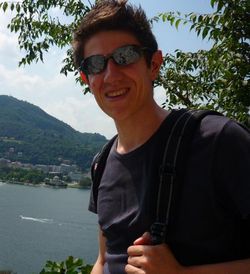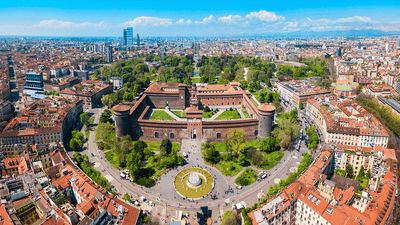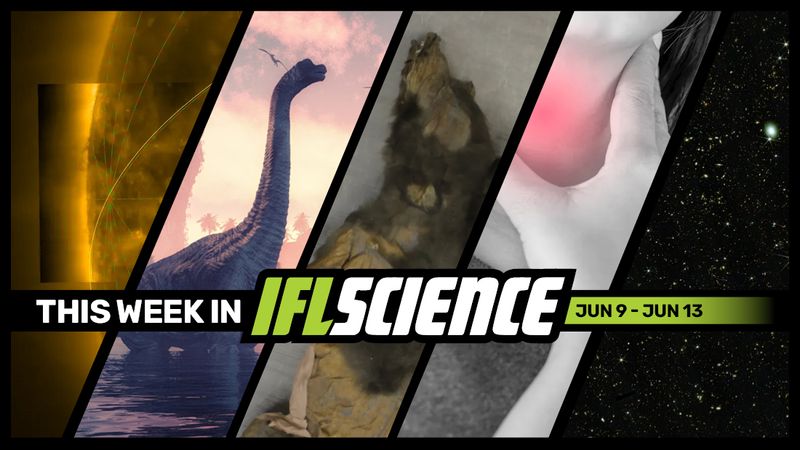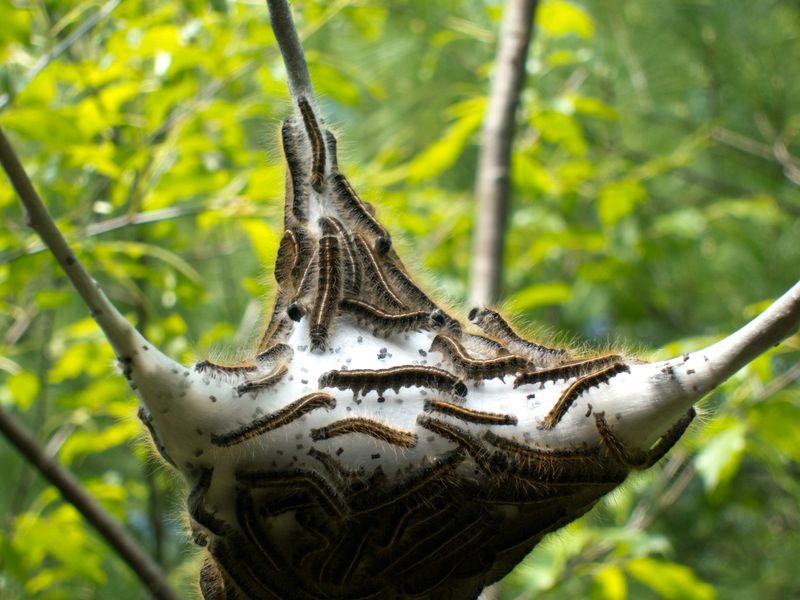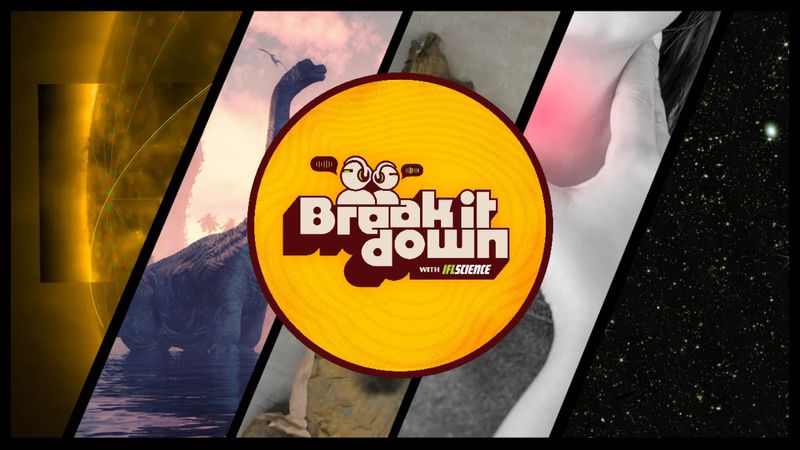In a plot straight out of pretty much any Dan Brown book, ancient sketches by Leonardo da Vinci have revealed the location of secret tunnels underneath a medieval castle in Milan, Italy.
In the 15th century CE, Francesco Sforza, Duke of Milan, ordered a fortification be built on the remains of one built in the century prior. The result was Sforza Castle, a beautiful and complex structure, decorated by artists and architects Bernardino Zenale, Bernardino Butinone, and general all-rounder Leonardo da Vinci.
da Vinci was responsible for decorating the famous "Sala delle Asse", or "room of the wooden planks". There he painted a scene of dense mulberry trees branching up the walls and ceiling. But he likely wasn't there for painting alone, as ornate as those paintings were.
"A document of 21 April 1498 mentions that Leonardo da Vinci offered to fresco paint this room of the Sforza Castle for the benefit of the Duke of Milan, Ludovico il Moro," Visit Milan explains.
"Leonardo da Vinci also offered the Duke his services as a military engineer by telling him what he was capable of implementing both offensively and defensively and even strategically by digging a network of underground roads."
During his time at the castle, da Vinci drew sketches, documented in Codex Forster I. These drawings appear to show underground tunnels leading from the castle, believed to be made for military purposes. According to historical sources, Ludovico il Moro also built a tunnel following the death of his wife Beatrice d'Este, so that he could visit her tomb at the Basilica of Santa Maria delle Grazie.
As part of a PhD thesis, Francesca Biolo, a research fellow in architecture at the Polytechnic University of Milan, set about investigating the castle using ground penetrating radar.
"The goal is to create a digital twin of the Sforza Castle," Franco Guzzetti, professor of Geomatics, explained in a statement, "a digital model that not only represents the current appearance of the Castle but also allows you to explore the past, recovering historical elements that are no longer visible."
It was following this investigation that the researchers from Politecnico di Milano appear to have found tunnels matching the sketches drawn by Leonardo da Vinci all those centuries ago.
"The ground penetrating radar enriched the 3D model with data on known but inaccessible spaces, bringing to light unknown walkways and ideas for further studies on secret passages," Biolo added.
As well as the tunnel used by il Moro to visit his wife's tomb, the team found "numerous secret walkways" that had been lost over the centuries, as well as other underground cavities. While the sketches drawn by da Vinci line up well with the tunnels seen by the team, they caution against assuming his involvement in their creation.
"Leonardo da Vinci was highly knowledgeable about military structures and defensive systems of his time," Biolo told Live Science. "That said, it is not possible to determine the exact extent of Leonardo's involvement in the structures of the Milanese fortress."
The team continues with their project to create a 3D digital reconstruction of the castle and underground tunnels.
